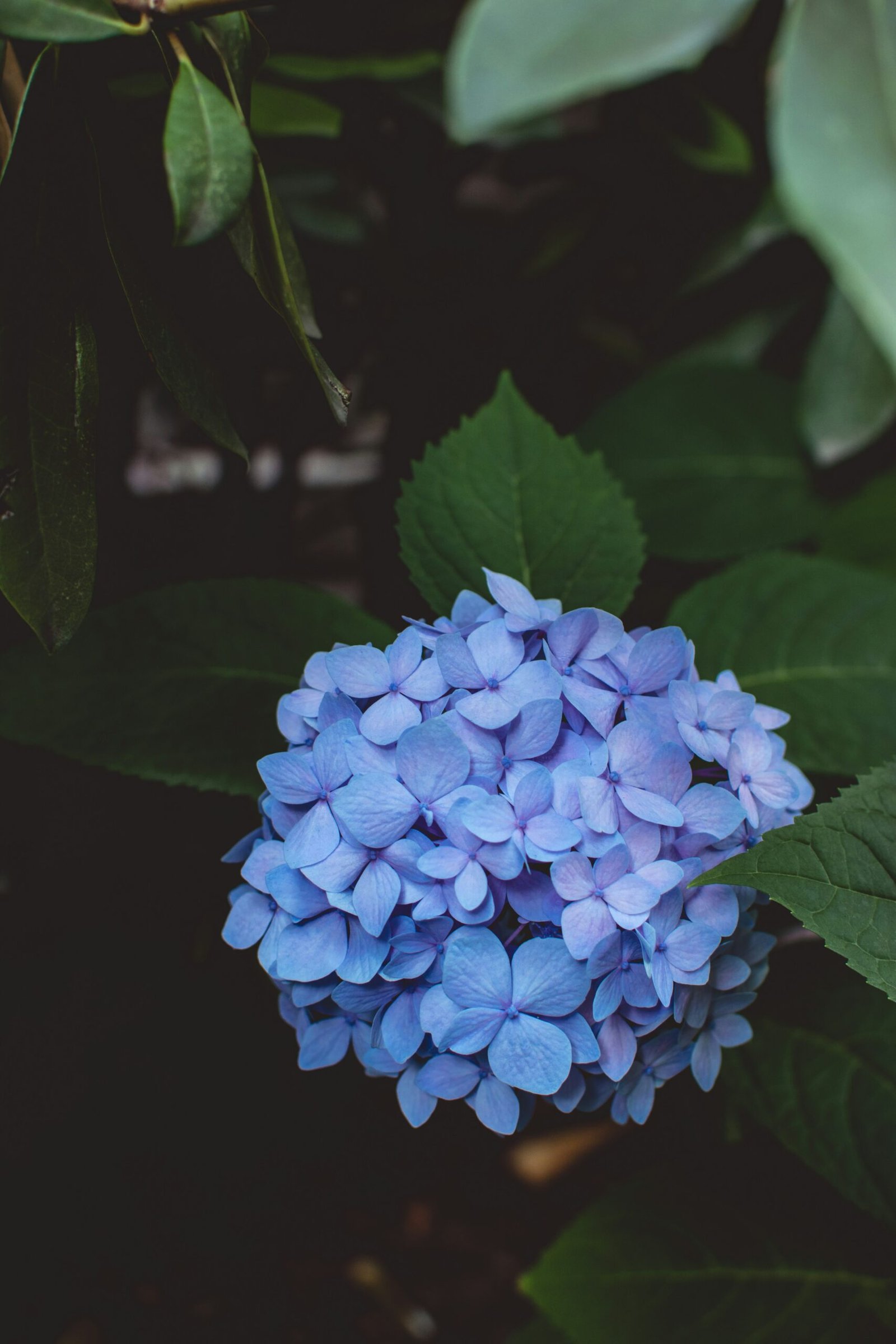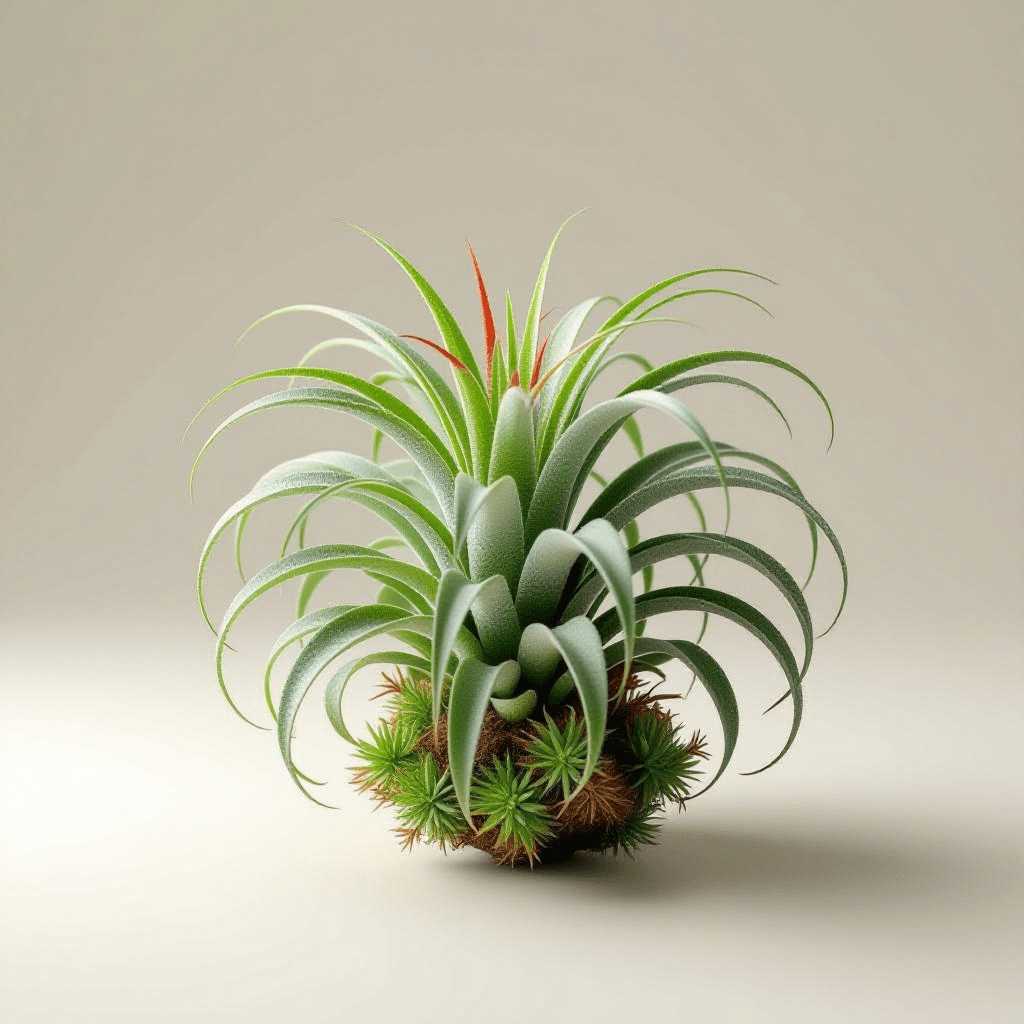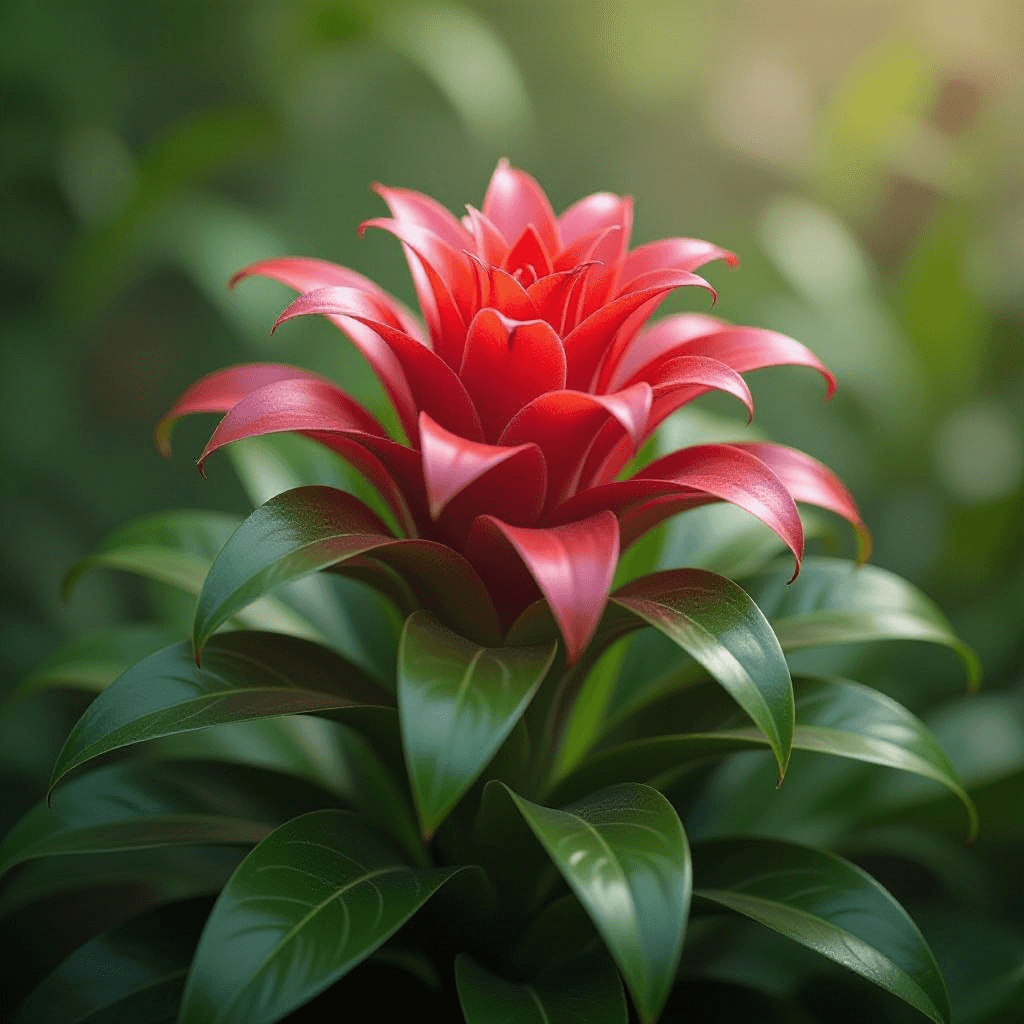Understanding Hydrangea Types and Their Pruning Needs
Hydrangeas are a diverse group of flowering plants, and their different types have distinct blooming patterns and specific pruning requirements. The most common varieties include mophead, lacecap, and panicle hydrangeas, each possessing unique characteristics that influence their care. Mophead hydrangeas, known for their large, globe-shaped flower clusters, bloom on old wood. This means they create their flowers during the previous growing season, necessitating pruning right after they bloom, typically in late summer or early fall. Pruning them in early spring may remove emerging buds, leading to diminished blooms.
Lacecap hydrangeas, characterized by their flat flower heads with small central florets surrounded by larger ones, also bloom on old wood. Similar to mophead varieties, these hydrangeas should be pruned right after flowering to encourage healthy growth and abundant blossoms in the following year. Understanding that pruning season is key to maximizing their floral output will help maintain the beauty of your garden.
On the other hand, panicle hydrangeas differ as they bloom on new wood, allowing for more flexibility in pruning. These varieties can be pruned in early spring before new growth begins, making it easier to control their size and shape while still promoting a lush bloom. This adaptability can be advantageous for gardeners looking to achieve specific aesthetic qualities or manage shrub size in limited spaces.
Recognizing the season in which your hydrangeas flower is pivotal in determining the correct pruning strategy. When different hydrangea types are pruned at the right time, it greatly enhances their overall health and bloom production. Thus, familiarizing oneself with the characteristics of each variety is essential for effective hydrangea care and flowering enhancement.
Essential Tools for Pruning Hydrangeas
Effective pruning of hydrangeas requires the right set of tools to ensure clean and precise cuts, which ultimately contribute to the plant’s health and blooming potential. The primary tool for hydrangea pruning is hand pruners, also known as bypass pruners. These are ideal for cutting smaller, softer stems and should be sharp to provide clean cuts that reduce the risk of damaging the plant. When tackling thicker branches, loppers are invaluable; their longer handles offer increased leverage, allowing for a more comfortable and efficient cutting experience. For exceptionally thick or old wood, a pruning saw may be necessary. This tool is specifically designed for cutting through woody stems, making it easier to manage larger branches without compromising the health of the plant.
Maintaining clean, sharp tools is essential in preventing disease and encouraging healthy growth in hydrangeas. Dull blades can crush stems, creating wounds that are susceptible to infection. Before pruning, it is advisable to disinfect tools with a solution of one part bleach to nine parts water, ensuring that any pathogens are eliminated. This practice not only safeguards your plants but also promotes a healthier garden environment overall.
Another important consideration when pruning hydrangeas is personal safety. Wearing gloves during the process protects your hands from potential injuries caused by thorns or sharp cut stems. Additionally, appropriate attire, such as long sleeves, can offer further protection. By utilizing the proper tools and safety measures, you can effectively prune your hydrangeas to maximize their blooming potential while safeguarding the health of both your plants and yourself.
Step-by-Step Guide to Pruning Hydrangeas for Maximum Blooms
Pruning hydrangeas is a crucial task that can significantly impact their blooming potential. The timing of your pruning efforts largely depends on the species of hydrangea you have in your garden. For instance, Hydrangea macrophylla, commonly known as bigleaf hydrangea, should ideally be pruned in late winter or early spring, as these plants bloom on old wood. Conversely, Hydrangea paniculata, or panicle hydrangea, can be pruned in late winter to early spring since they bloom on new wood.
Before you begin pruning, assess the health and structure of your hydrangeas by examining for any signs of disease or damage. This initial step is essential as it helps determine which parts of the plant should be removed. Take note of any weak or dead branches, as these should be cut back to promote healthier growth. A good practice is to prune spent blooms just above the first set of buds. This allows the plant to redirect energy into new growth, ultimately resulting in a more robust bloom.
When pruning, two specific techniques can optimize your hydrangeas’ flowering potential: ‘thinning out’ and ‘heading back.’ Thinning involves selectively removing some branches entirely to allow air circulation and sunlight penetration. This is particularly beneficial for older wood that may have become overcrowded. On the other hand, ‘heading back’ refers to cutting back new growth to a desired node, encouraging the plant to produce fuller flower heads. As you prune, ensure that you use clean, sharp pruning shears to prevent the spread of disease and maintain the overall health of your hydrangeas.
Finally, it’s important to maintain the natural shape of the hydrangea. Pruning should enhance the plant’s architecture rather than alter it drastically. A well-pruned hydrangea not only looks aesthetically pleasing but also sets the stage for an abundant blooming season ahead.
Aftercare and Maintenance Following Pruning
Once the pruning process is complete, providing adequate aftercare plays a crucial role in ensuring the vitality of your hydrangeas. Proper maintenance practices promote healthy growth and maximize bloom production. First and foremost, watering should be prioritized. Hydrangeas thrive in well-hydrated soil; thus, it is essential to provide consistent moisture, especially during dry spells. A deep watering once a week is generally recommended, adjusting frequency based on local conditions and rainfall. Avoid overwatering, as this can lead to root rot.
Fertilizing also plays a vital role in aftercare. Utilizing a balanced fertilizer, particularly one rich in phosphorus, can encourage new growth and support abundant flowering. It is advisable to apply fertilizer in early spring, just as new buds start to appear. Organic options such as compost or well-rotted manure can also be beneficial, promoting soil health and offering slow-release nutrients over time.
Mulching is another effective method of aftercare. A layer of organic mulch, such as wood chips or shredded bark, can help retain soil moisture and suppress weeds, ultimately allowing the hydrangeas to use their energy for blooming rather than competing for resources. Additionally, mulching can protect the root system from temperature fluctuations.
It is important to remain vigilant for common post-pruning issues such as pest infestations or signs of disease. Regular inspections of your plants are recommended to catch any problems early. If you observe indications of pests, such as aphids or spider mites, consider applying insecticidal soap or neem oil. Furthermore, any wilting leaves or discolored foliage may necessitate a closer look for disease signs, prompting preventative measures or treatment as needed. By adhering to these aftercare practices, your hydrangeas will have the best chance for thriving in the seasons to come.


